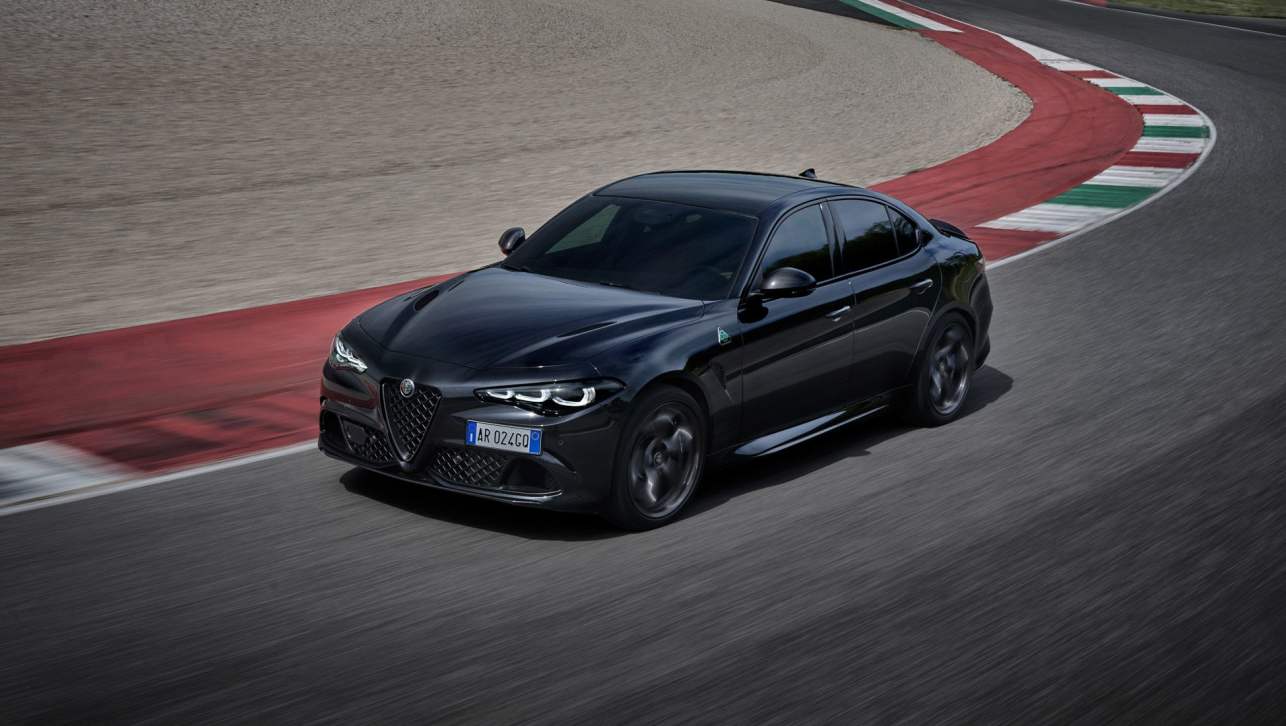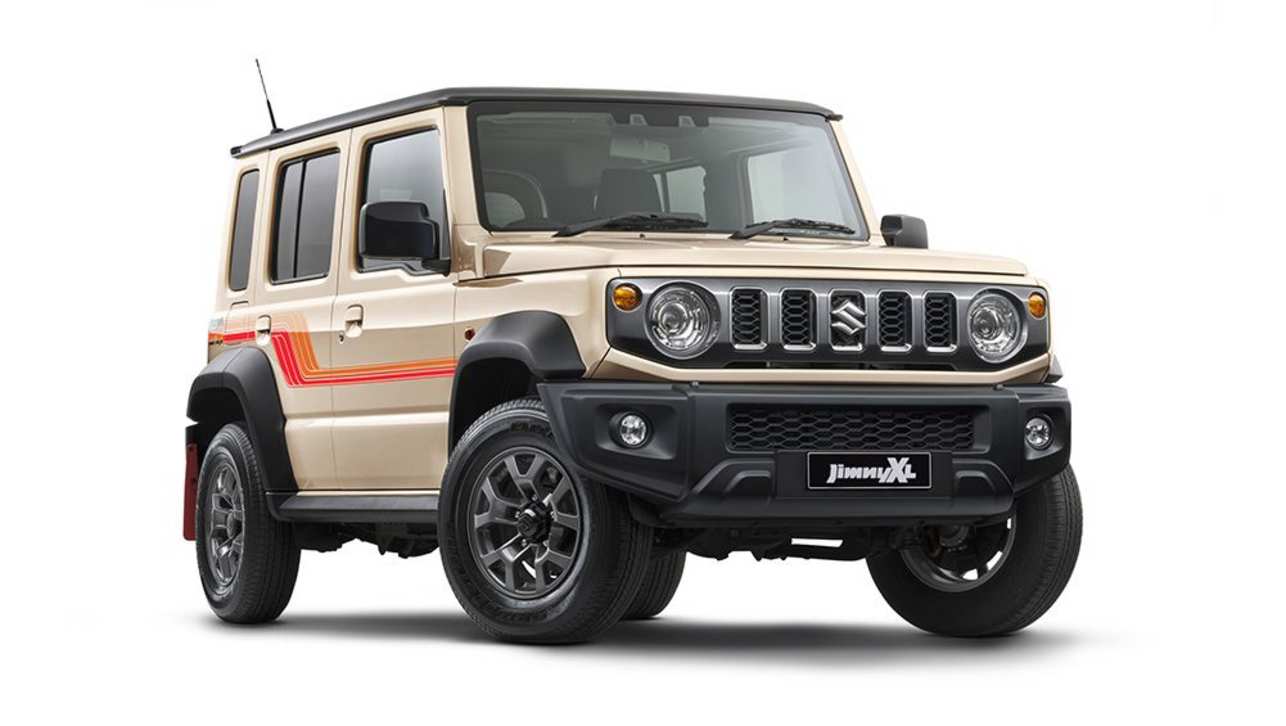Ford has embarked on a global new-model blitz, but where does Australia fit in?
Since the beginning of this decade, we’ve watched from a distance as a steady stream of fresh and interesting cars, trucks and SUVs have made a real impact, including the Mustang Mach-E electric vehicle (EV), reborn Explorer and Bronco SUVs and the trailblazing Maverick ute.
Meanwhile, Ford's local range seems to be contracting around the Ranger and Everest, with the Mustang and Transit playing bit parts. Where have icons like the Fiesta and Focus ST hot hatches gone? A decade ago there were 10 models to choose from, compared to six today.
Yes, the electric Transits are coming from late this year, and we're probably going to see the Mustang Mach-E before too long. But, again, these are small supporting acts. The Blue Oval needs to think big!
Putting aside the realities of production limitations and/or no right-hand-drive availability – reasons rarely heard from dominant rivals like Toyota, Hyundai, Kia and Mazda – here are some innovative new and near-future Fords we’d choose for Australia.
Ford Explorer EV (the European one)
Just announced in Europe, the new Explorer EV is the company's first ground-up dedicated EV (the Mustang Mach-E uses a highly-modified internal combustion engine architecture), but its the second vehicle within a shrinking portfolio to use that badge at the same time.
Are there no other names, Ford?
Compared to the long-running full-sized SUV that's been around for six generations since 1990, the all-new Explorer EV is substantially smaller, and of distinctly German origin, since it's based on the mid-sized VW ID.4 SUV that's due in Australia sometime next year.
Also related to the Skoda Enyaq, Audi Q4 e-tron and coming Cupra Tavascan, the Explorer EV shares much the same electric tech as its German, Czech and Spanish-badged cousins. These include varying battery pack sizes and the choice of a rear-axle-mounted rear-drive or twin-motor all-wheel drive setup.
.jpg)
But while Ford is making much of the Explorer EV's wilfully American looks – with distinctly bluff front and rear-end styling and a broad stance to suit the brand’s rugged outdoorsy US identity – in size and proportion, this blocky SUV is actually smaller than these images suggest.
In fact, the Explorer EV is only slightly longer than the Focus and Mondeo models it effectively replaces in Europe. Think Hyundai Ioniq 5-sized.
Similarly, it's all Blue Oval inside, with a distinct dashboard featuring a vertical 15-inch touchscreen and Ford's new SYNC Move multimedia system, to further distance the Explorer EV from its VW-derived alternatives.
To that end, it will even be built at a separate factory, in Cologne (Germany), when production commences mid-year, ahead of a fourth-quarter rollout in Europe.
.jpg)
So, why would this EV be so important for Ford Australia?
Urban friendly yet ruggedly ready for adventure, the Explorer EV would catapult the Ranger Car Company (formerly the Falcon Car Company) from EV laggards to an elite circle of brands offering vehicles designed to be purely electric, including Tesla, BMW, Hyundai, Kia, Genesis, BYD and – in soon enough – Lexus and Toyota.
For now, the Explorer EV will be a Europe-only exercise, but as Australians embrace electrification in a big way, why not slay with a state-of-the-art electric SUV? Especially when it looks this good...
Ford Explorer (the American one)
There's never been anything quite like the Australian-made Territory (2004-2016) in Ford's line-up before or since.
The Everest is Ranger truck-based with a tough body-on-frame construction and an off-road focus, while the Endura failed because it was expensive, daftly-named, diesel-only powered and unavailable with seven seats.
However, since 2020, the sixth-gen North American Explorer has come closest as Ford’s spiritual Territory replacement. Like the latter, it uses longitudinal engines (albeit an in-line four-cylinder turbo, V6 twin-turbos or hybrids) and rear-wheel drive as the basic configuration, with optional all-wheel drive.
By comparison, rivals like the Toyota Kluger (also from the USA) and Hyundai Palisade are essentially front-wheel drive, with the option of all-wheel drive.
.jpg)
But, being left-hand-drive-only means this very promising proposition has been denied Australian access.
Do we stand a better chance with the Explorer Electric, earmarked for 2025 and not to be confused with the just-unveiled Explorer EV from Germany?
Ford says that the big three-row SUV will adopt a new ‘BEV Flexible’ architecture that will share many components with a host of other existing and coming EVs, to help keep costs down and profits up.
With the imminent Kia EV9 and related Hyundai Ioniq 7 hellbent on ruling the full-sized seven-seater SUV EV class as the second half of this decade approaches, the Explorer Electric could be exactly what Ford Australia needs in its armoury. Again.
Ford Maverick – hybrids and Lightning
By now everybody has heard of the nifty little Maverick pick-up – a car-based dual-cab ute that has taken North America by storm. Outstripping even the most optimistic sales forecasts, this Mexican-made modern-day Brumby with four doors and five seats is bringing a far-broader bandwidth of buyers to Blue Oval dealers.
Now, we understand Ford’s reticence not to land Maverick in Australia for fear of cannibalising Ranger sales. After all, the latter is not only the local outfit’s bread and butter, but also the farmer, baker, filling, wrapper and server.
But, as a point of differentiation (as if these ute’s sizing, packaging, powertrains and pricing weren’t contrasting enough), what of the Hybrid, which comes with a 2.5-litre petrol engine mated to an electric motor, to deliver around 6.5L/100km on an average cycle? Aussies would go gaga for it.
_0.jpg)
Then there’s the anticipated Maverick PHEV – the plug-in hybrid electric vehicle version expected in North America from next year. Little is known, except that it ought to slash fuel consumption even more.
Better still, come 2025, a Maverick Lightning is speculated, ushering in a full battery EV powertrain, as the Blue Oval electrifies en masse.
It’s wild that, with all the excitement Tesla has created with its flamboyant Cybertruck EV ute, Ford Australia has not fought tooth and nail to stake a claim in this space.
Ford F-150 Lightning
Ford Australia recently released F-150 pricing (from $107,000 to $141,000 before on-road costs), and all are powered by a 3.5-litre twin-turbo V6 petrol engine. For now.
But the real star of the range globally is the F-150 Lightning, another over-performing Ford on the sales charts – but one that’s currently a no-go for Australia.
Given the high prices for the internal combustion engine models, however, cashed-up ute buyers might prefer to go electric.
.jpg)
And why not? Today’s F-150 Lightning features an electric motor on both axles, delivering between 337kW and 433kW of power according to grade, as well as 1050Nm of torque. Who needs a V8 with that much pull? EV range varies between 370km and 480km on average.
Keep in mind that a round of changes is expected for 2024, including a switch from lithium-ion to lithium iron-phosphate batteries, to help bring prices down.
With the Lightning EV versions of the Maverick at one end of the ute segment and the F-150 at the other, Ford could dominate.











.jpg)
.jpg)

.jpg)
.jpg)



.jpg)
.jpg)

.jpg)
.jpg)
.jpg)
.jpg)





Comments